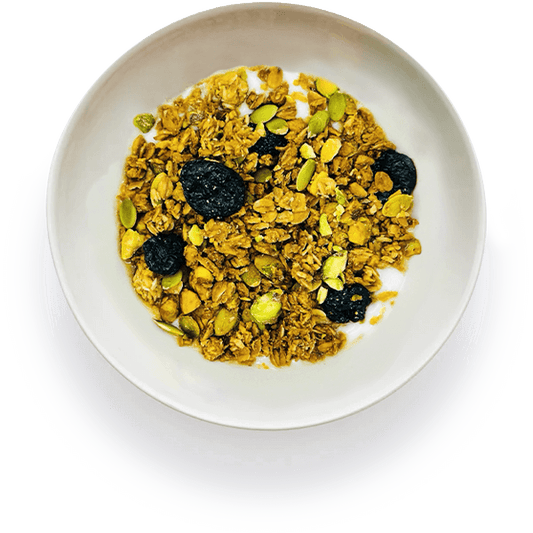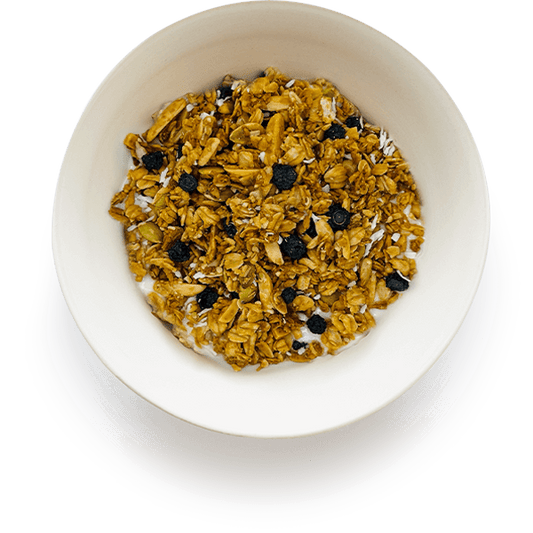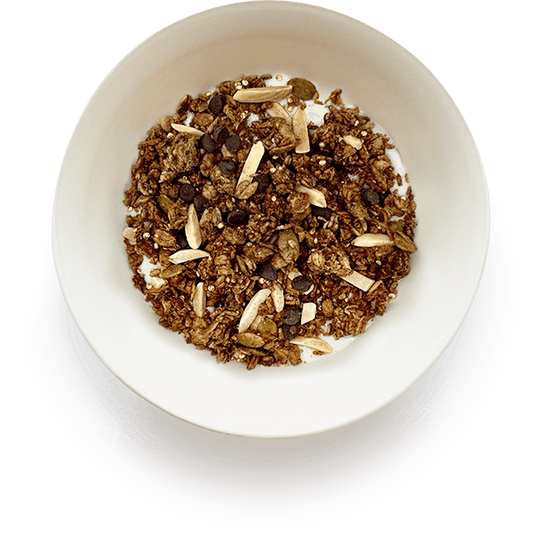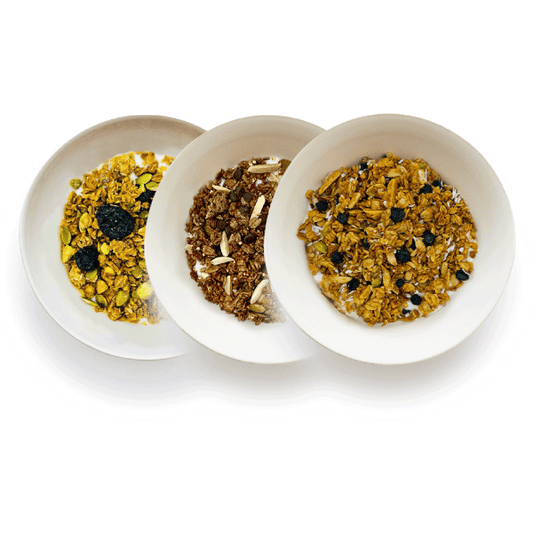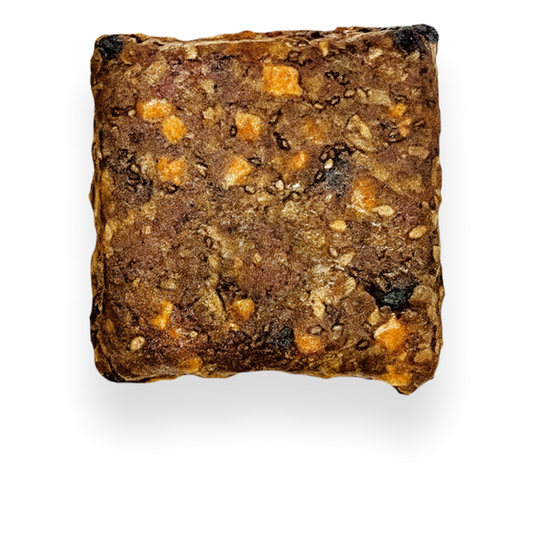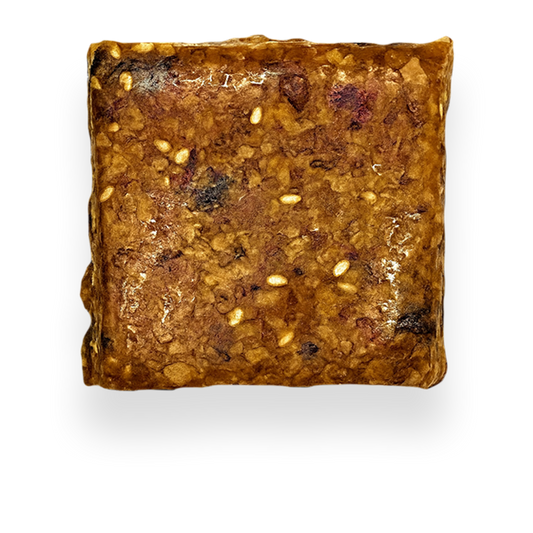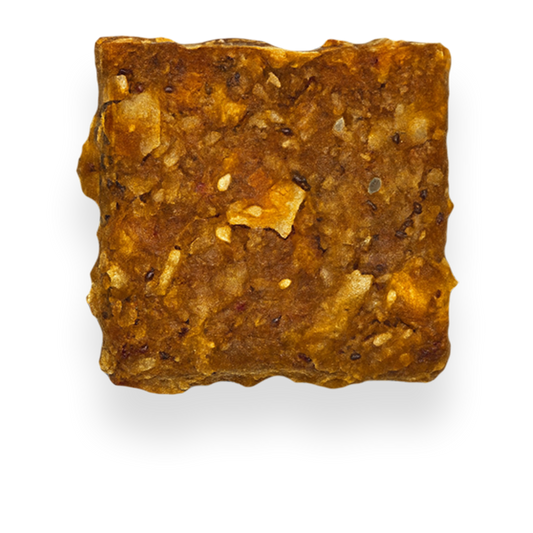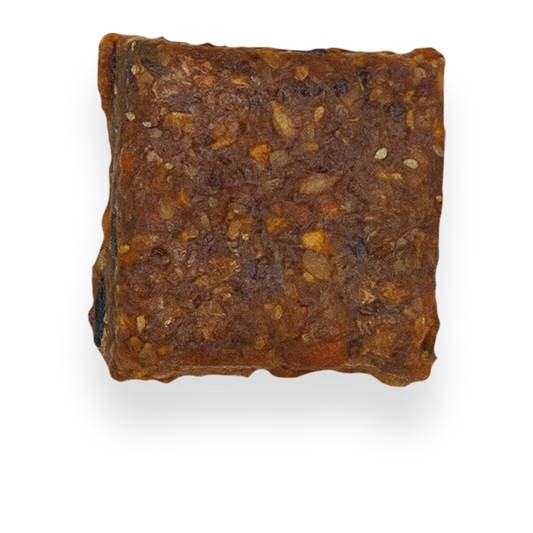Fiber for the Win: The Benefits of Eating a Fiber-Rich Diet
By FireRoad Life
Fiber is known to regulate hunger, smooth digestion, and keep you energized until the next meal. Consuming more fiber-rich meals daily leads to noticeable positive improvements, including fewer random snack raids, reduced bloating, and meals that feel more complete.
Dietary fiber is the part of plants that your body doesn’t fully break down. That resistance works in your favor: it adds volume to meals, slows how quickly food leaves the stomach, nourishes beneficial gut microbes, and supports healthy blood sugar and cholesterol patterns.
In everyday terms, that means steadier energy, more regular bathroom rhythms, and fewer “why am I hungry again?” moments.
What Exactly Is Fiber—and Why It Matters

What is dietary fiber?
Fiber moves through the small intestine mostly intact and reaches the colon. There it absorbs water, adds structure, and becomes fuel for your microbiome. You feel that as smoother transit, less strain, and a calmer post-meal arc—less spike, more glide.
If lunch normally leaves you prowling the pantry at 3 p.m., that’s a signal. More fiber + a protein anchor often fixes it.
The two main types: soluble and insoluble
Fiber comes in two forms. Each fiber type behaves differently, and together they cover more ground. Think of them as two complementary tools: one modifies the meal’s fullness; the other gives it form.
Soluble fiber
Soluble fiber dissolves in water to form a gel-like consistency that slows nutrient uptake, keeps stools soft, and can bind some cholesterol in the gut for removal. Everyday sources: oats, barley, beans, lentils, chia, flax, psyllium, and many fruits. This is why oatmeal or lentil soup “carries” farther than a pastry with the same calories. The pace is different—and the pace is what you feel.
Insoluble fiber
Insoluble fiber doesn’t dissolve in digestion. It adds bulk to your food, so waste moves without drama. You’ll find it in wheat bran, a wide range of vegetables, intact grains, nuts, and seeds.
Think crisp salads and roasted trays of vegetables that leave you light yet satisfied. Put both fiber types on the same plate, and your gut will thank you.

Digestive Health and Disease Prevention
This is where fiber’s benefits are obvious. Soluble fiber acts like a sponge that slows digestion; insoluble fiber acts like scaffolding that aids with food movement through the digestive tract.
Together, both fiber types improve your bowel movements and digestion, which reduces constipation and day-to-day discomfort.
Over time, higher-fiber patterns are linked with fewer digestive complaints and easier weight maintenance, largely because high-fiber meals crowd out ultra-processed snacks that burn fast and satisfy poorly. The approach isn’t fancy: build plates with plants that still look like plants, and repeat.
Gut Health: Fiber’s Unsung Superpower
Your microbes are busy partners. Give them fermentable fibers, and they produce short-chain fatty acids—compounds that support the gut lining and may calm local inflammation. People notice the downstream effects first: steadier appetite, predictable regularity, sometimes a more even mood.
The simplest strategy is rotation. Beans one day, oats the next, big salads most nights, seeds across the week. Add variety to your meal rotation and you’re likely to be rewarded with good digestion and a healthy gut microbiome.

How Fiber Can Help With Weight Loss
Fiber adds volume without many calories, slows eating, and facilitates satiety that triggers fullness. Pair fiber with a clear protein anchor, and the time between meals feels calmer.
The snack reflex backs off because meals finally do their job. Practical meal structure includes protein + produce + a visible fiber source you can point to. If you can name it without reading a label—lentils, broccoli, oats, raspberries—you’re in the right lane.
Steady Blood Sugars and Cholesterol Control
Fibers affect the speed at which sugars reach the bloodstream, trap some cholesterol in the gut, and support long-term heart health. You don’t need a textbook to apply it.
Incorporate fiber-rich ingredients into your bowl, such as legumes, colorful vegetables, intact grains, nuts, seeds, plus meaningful plant protein. If time is tight, choose meals where those elements are obvious.

How Much Fiber Do I Need?
Most adults require around 25–38 grams per day, adjusted for body size and activity level. If your current intake is low, ramp gently. Add about 5–7 grams per day for a week or two and continuously monitor your digestion, adjusting fiber intake as necessary.
A good daily meal plan includes two fiber-rich meals and one fiber-forward snack. If adding fiber feels too drastic, back up a step, maintain hydration, and try again. Progress counts more than perfection.
FireRoad: Smart Fiber, Simplified
Eating higher-fiber foods gets easier with dependable defaults. On packed weeks, a ready plate that already checks the boxes—visible plants, real structure, solid protein—can save the evening.
Explore our simple guides and product info to keep your routine steady and sustainable. Prefer a lower-net-carb profile while keeping fiber in play? The Harvest Bowls collection offers plant-based options built with healthy plant-based protein, greens, and seeds, so you get staying power without the sugar rollercoaster.
The information on this website is for informational purposes only and not intended as a substitute for professional medical advice, diagnosis, or treatment. Always seek the advice of your physician or other qualified health provider with any questions you may have regarding your health, diet, or any medical condition.



